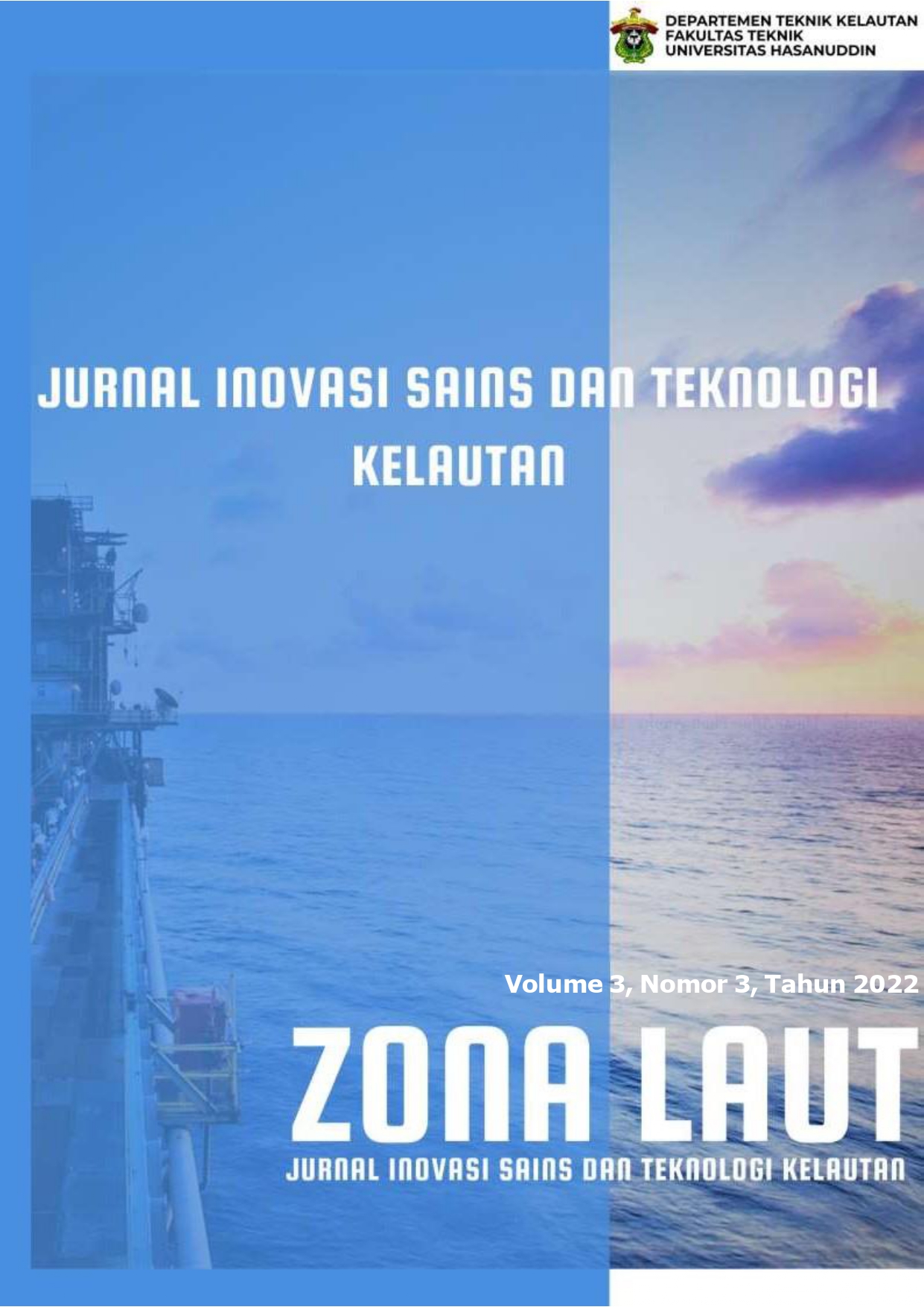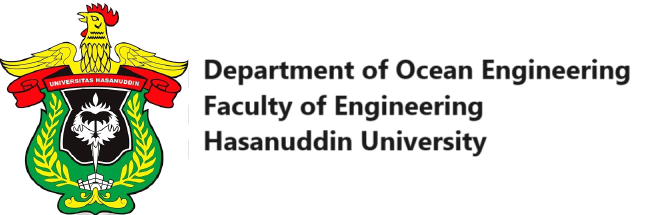Double Chamber Type Seawall Performance For Reducing Long Sea Waves And Extracting Energy
DOI:
https://doi.org/10.62012/zl.v3i3.24185Keywords:
Beaches, Waves, Seawalls and Wave AmplificationAbstract
Coastal damage caused by sea wave attack has increased significantly recently. This will have an impact on the loss of residence and economic resources of coastal communities. In some incidents it has even claimed lives. Therefore, it is necessary to build a sea wall that can withstand the attack of sea waves both for short wave types and for long sea wave types which are usually provoked by storm winds. In this study a seawall type with double chambers was tested. From the test results it can be seen that this type of seawall is effective in being able to withstand attacks by sea waves both short and long seas because of the existence of double spaces that can expand the range of wave frequencies so that wave height can be reduced constructionally. In this study it has also been confirmed that the wave amplification value is around 2.5 times the incident wave height, which means that the wave energy in the seawall chamber can be utilized. -spasi-Times New Roman 11 Italic- Keyword: Beaches, Waves, Seawalls and Wave AmplificationDownloads
References
Smita, Pandey and Rao, A.D. “Impact Of Approach Angle Of An Impinging Cyclone On Generation Of Storm Surges And Its Interaction With Tides And Wind Waves”. J. Geophys. Res.: Oceans 124 (11), 7643–7660, 2019.
Riccardo Briganti, Rosaria Ester Musumeci, Jentsje van der Meer, Alessandro Romano, Laura Maria Stancanelli, Matthias Kudella, Rizki Akbar, Ryard Mukhdiar, Corrado Altomare, Tomohiro Suzuki, Paolo De Girolamo, Giovanni Besio, Nicholas Dodd, Fangfang Zhu and Stefan Schimmels. “Wave overtopping at near-vertical seawalls: Influence of foreshore evolution during storms” Ocean Engineering Journal, Volume 261, 112024, 2022.
R. Gayathri, M.B.M. Khan, H. Behera Et Al. “Wave Attenuation by A Submerged Circular Porous Membrane”. Journal of Ocean Engineering and Science, 2022.
Ahmed K.Elsheikh, Yasser E.Mostafa, and Mostafa M. Mohamed. “Comparative Study Between Some Different Types of Permeable Breakwaters According to Wave Energy Dissipation”. Ain Shams Engineering Journa, Volume 13, 101646, 2022.
Tanimoto, K. and Yoshimoto, Y. “Theoretical And Experimental Study of Reflection Coefficient For Wave Dissipating Caisson With A Permeable Front Wall”. Report of Port and Harbor Research Institute, Vol.21, No.3, pp.43-78, 1982.
Marcel R.A. van Gent. “Influence of oblique wave attack on wave overtopping at caisson breakwaters with sea and swell conditions”. Ocean Engineering Journal, Volume 164, 103834, 2021.
Nakamura, T. and Ide, Y. “Analysis On Wave Transformations and Wave Forces About an Angular Body Considering Wave Energy Dissipations”, Proc. of Civil Eng. in the Ocean, Vol.13, pp.177-182. 1997
Sollit, C. K. & Cross, R. H. “Wave Transmission Through Permeable Breakwater”, Proc. 13 th Coastal Engineering Conference, ASCE, pp.1827-1846, 1972.
Downloads
Published
How to Cite
Issue
Section
License
Copyright (c) 2022 Firman Husain

This work is licensed under a Creative Commons Attribution 4.0 International License.
Allow anyone to modify, improve, and make derivative works, even for commercial purposes, as long as they credit to you for the original work.





























